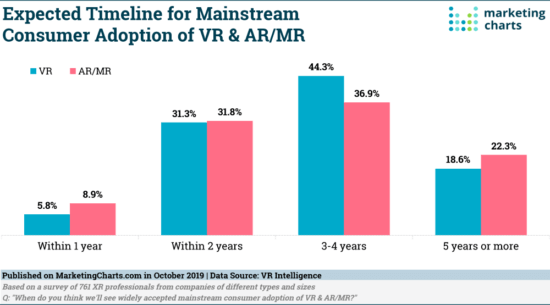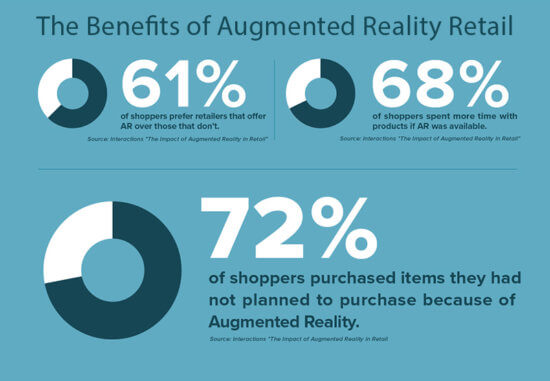3 of the most important marketing trends shaping the travel sector in 2017
It is estimated that during 2016, total retail travel sales across the globe will reach $22.049 trillion, up 6.0% from the previous year. According to Statista, by 2019, the online travel industry is forecasted to grow to 762 billion U.S. dollars.
Today, the majority of people use different websites during the travel purchase journey, either to find information about a destination, read reviews or to book travel online. August 2016 research published by the Association of British Travel Agents (ABTA) found that 76% of UK internet users had booked holidays digitally in the past 12 months. In the US, Emarketer estimates that 52% of travel bookers use online platforms to make their bookings. That makes digital marketing techniques like SEO, UX and Social Media Marketing absolutely critical to success in the travel industry. Keeping up with the…
Virtual Reality and Augmented Reality will transform from interesting gimmick to core marketing channel
Virtual and Augmented reality tech has already started to make waves in the world of marketing, but you ain't seen nothing yet!
According to research conducted by Goldman Sachs, the market for VR and AR tech is set to explode in size, reaching a combined $35 billion worth of revenue by 2025. This may sound like a long way off, but it's only 8 years away- which will go quicker than you think!
For marketers the really juicy segments in the chart are the retail, video entertainment and live events sections, which combined account for more than eight and a half billion dollars in predicted market size. There are a myriad of ways this kind of technology will prove a boon for marketers in all sorts of different industries - augmented reality dressing rooms for retail, showing prospects around a…
Travel, retail and brand examples of marketing with the new virtual reality headset
You will know that the Oculus Rift is one of the hot technologies for 2015. It came to prominence in March this year when Mark Zuckerberg announced Facebook's acquisition of the VR platform explaining that, as he sees it, it is much more than a new gaming platform.
'This is really a new communication platform. By feeling truly present, you can share unbounded spaces and experiences with the people in your life. Imagine sharing not just moments with your friends online, but entire experiences and adventures'.
While no consumer launch date has been set yet, Oculus Rift Dev Kit 2, a developer version with headset has recently started shipping and it is expected to be released in 2015 with a price in the range of $200 to $300. At this price it seems inevitable…
Not long ago, virtual reality was the futurists' "mot du jour" before the underwhelming takeup of VR gloves, headsets and Second Life.
Now, in 2009, I'm sure you've noticed, augmented reality featuring widely in the media. So as an update to for the next editions of my books, this post gives a definition and showcases some examples. I'd love to hear about other examples too - particularly where AR is being used for web marketing.
Definition of augmented reality marketing
It's tricky to define AR since it's new and has many different applications and feedback mechanisms from data capture to user. But here's the one sentence definition of how I see it used in commercial web context - please put me straight!
Augmented reality blends real-world digital data capture typically with a digital camera in a webcam or mobile phone to create a browser-based digital representation or experience mimicking that of the real-world
Examples always work…





